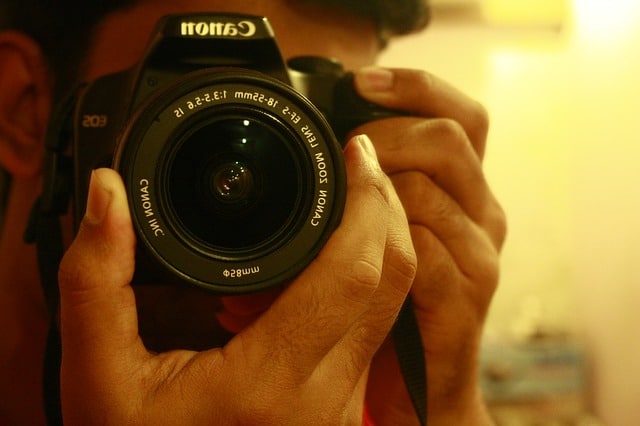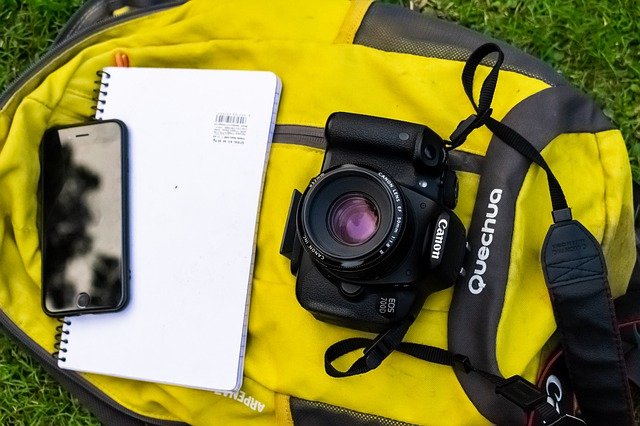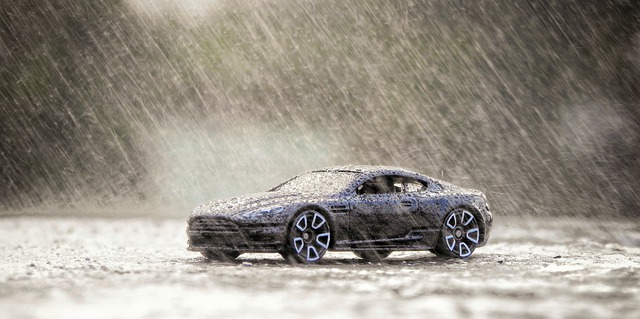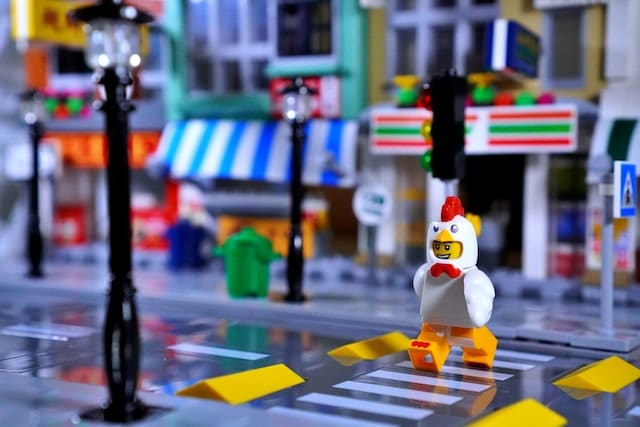To optimize color temperature in toy photography, consider how it influences the mood and feel of your shots. Use warmer tones for cozy, inviting setups, while cooler tones can evoke calmness or mystery. Adjust your camera's white balance to accurately reflect ambient lighting conditions, and fine-tune with a neutral gray card for precision. Experiment with different lighting setups using LEDs or softboxes to control shadows and highlights. In post-processing, tweak color temperature and white balance to enhance vibrancy and realism. Remember, every color choice impacts the story and emotion of your image, and there's much more to explore on this topic.
Understanding Color Temperature
Color temperature is a fundamental concept in photography that greatly impacts the mood and feel of your images. When you're photographing toys, understanding color temperature can help you create atmospheres that bring your miniature subjects to life. Color temperature refers to the warmth or coolness of a light source, measured in Kelvin (K). Lower temperatures, like candlelight, create a warm, yellowish glow, while higher temperatures, such as midday sunlight, produce a cool, bluish tint.
You might notice how different lighting conditions can change the appearance of your toys. For instance, shooting under incandescent bulbs might give your toys a cozy, warm look. Conversely, fluorescent lighting can introduce cooler, bluish tones, which might not always flatter your subjects. By understanding these differences, you can manipulate the light to match the desired mood of your photographs.
Experimenting with different lighting sources will help you see how color temperature affects your images. Try shooting the same toy under various lighting conditions and observe the changes. This practice will sharpen your eye for detail and enhance your ability to control the ambiance in your photos. Remember, mastering color temperature can transform how your toy photography is perceived.
Choosing the Right White Balance
Selecting the correct white balance is essential in ensuring your toy photographs accurately represent the colors you envision. When you're photographing toys, capturing their true hues makes a huge difference, especially when the lighting varies. To achieve this, it's vital to understand how different white balance settings affect your images.
Start by evaluating the lighting condition in your environment. Is your scene lit by sunlight, indoor bulbs, or perhaps a mix of both? Each lighting condition leans toward a different color temperature, and your camera's white balance setting can help neutralize these shifts. For example, if you're shooting under incandescent lights, the scene might appear too warm. Switching your white balance to a setting that compensates for this warmth, such as 'Tungsten' or 'Incandescent,' will help balance the colors.
You'll also want to experiment with the 'Custom' or 'Manual' white balance option. This setting allows you to adjust the white balance based on a specific reference point in your scene, like a neutral gray card. By doing so, you can fine-tune the color accuracy, ensuring the toys' vibrant colors are perfectly represented. Remember, the right white balance transforms your photos from ordinary to extraordinary.
Adjusting Camera Settings

Once you've mastered the art of choosing the right white balance, it's time to focus on adjusting your camera settings to further enhance your toy photography. Start by experimenting with ISO settings. A lower ISO, like 100 or 200, works best in bright conditions, while a higher ISO suits low-light scenarios. Be cautious though, as too much ISO can introduce unwanted noise into your image.
Shutter speed is another essential setting. A faster shutter speed helps freeze motion, perfect for capturing dynamic poses or action scenes with your toys. However, a slower shutter speed can work wonders for creating a sense of movement or capturing ambient light.
Here's a quick reference table to guide your adjustments:
| Setting | Purpose |
|---|---|
| ISO | Controls sensitivity to light |
| Shutter Speed | Determines motion blur or sharpness |
| Aperture (f-stop) | Affects depth of field and focus |
Aperture settings, or f-stop, also play a significant role. A wider aperture (lower f-stop) gives a shallow depth of field, isolating your toy from the background. Conversely, a smaller aperture (higher f-stop) increases overall sharpness, capturing every detail in your scene. Fine-tuning these settings allows you to achieve the desired mood and focus in your shots.
Post-Processing Techniques
When it comes to elevating your toy photography, post-processing techniques can make a world of difference. First, import your images into editing software like Adobe Lightroom or Photoshop. These tools offer robust controls that let you fine-tune the color temperature, ensuring your toys look vibrant and true to life. Start by adjusting the white balance; use the temperature and tint sliders to achieve the desired warmth or coolness. Remember, subtle changes can greatly impact the final image.
Next, focus on enhancing details. Use the clarity and sharpness settings to bring out intricate textures and features in your toys. Avoid overdoing it, as excessive sharpening can create unwanted artifacts. You can also play with contrast and saturation levels to make the colors pop without appearing unnatural.
Don’t forget about the power of local adjustments. Use adjustment brushes or masks to selectively enhance specific areas of your image. This allows you to highlight parts of the toy that are most important while keeping the overall composition balanced. Experimenting with local adjustments can elevate your images significantly, making them stand out in the competitive world of toy photography. By applying these toy photography tips and techniques, you can bring out the details and colors in your subjects that might otherwise go unnoticed. Additionally, consider the lighting in your adjustments; subtle changes can create a more dynamic and captivating scene that draws the viewer’s attention where you want it most.
Using Artificial Lighting

While post-processing can refine your toy photography, the foundation often lies in your lighting setup. Using artificial lighting gives you control over color temperature, ensuring your toys look vibrant and true-to-life. Start by choosing the right type of light. LED panels and softboxes offer adjustable color temperatures, which is essential for achieving the perfect tone. Aim for a warm or cool light depending on the mood you want to create.
Position your lights carefully. Direct lighting can create harsh shadows, while diffused lighting offers a softer, more even look. Use reflectors or diffusers to manage shadows and highlights effectively. Experiment with angles to see how light affects the texture and color of your toys.
Don't overlook the importance of balancing multiple light sources. If you're using more than one light, make sure they're set to the same color temperature to avoid color casts. Adjust each light's intensity to highlight specific features or create depth.
Experimenting With Filters
Filters can transform your toy photography by adding unique effects and enhancing colors. They allow you to explore different moods and atmospheres, making your images more engaging. Start by experimenting with basic filters like polarizers, which reduce glare and reflections, or neutral density filters, which manage light exposure. These can help create a balanced look in your photos.
Color filters can dramatically change the scene. Try using warm or cool filters to adjust the overall feel of your image. A warm filter can make a scene feel cozy and inviting, while a cool filter can add a sense of calm or mystery. Don't hesitate to layer filters for complex effects, but be mindful of overuse, as it might lead to unnatural results.
You can also explore digital filters available in photo editing software. These offer a vast range of options, from vintage looks to modern, sleek styles. They're perfect for fine-tuning your photos after the shoot. As you experiment, pay attention to how different filters interact with your toys' colors and materials. This understanding will help you make informed choices, enhancing your creativity and ensuring your toys stand out.
Analyzing Color Impact
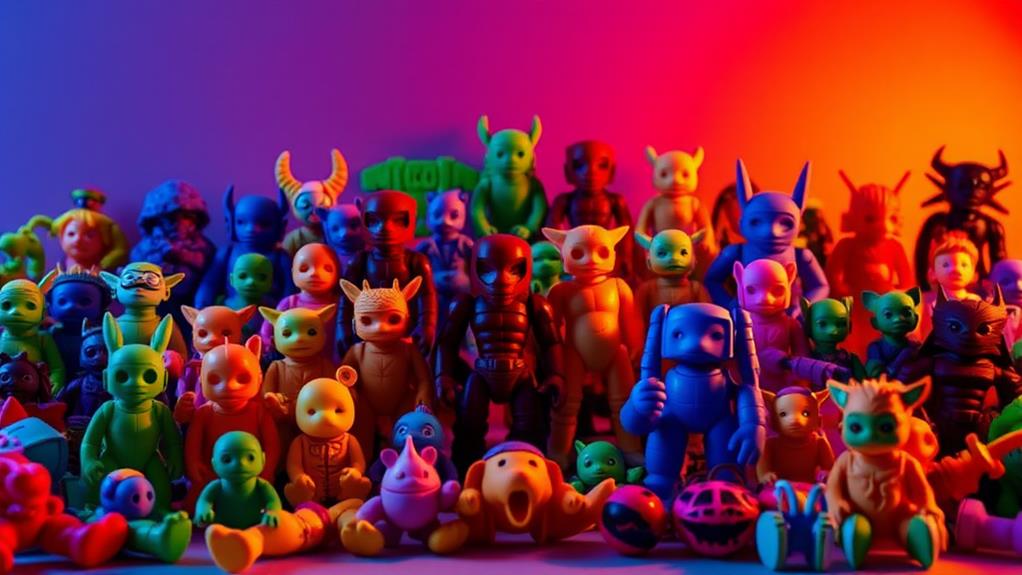
Understanding how color impacts your toy photography is essential for creating fascinating images. Colors evoke emotions and set the mood, influencing how viewers perceive your work. When you analyze the color impact, you're better equipped to highlight the personality of each toy. Think about warm colors like red, orange, and yellow, which can bring energy and excitement. Conversely, cool colors like blue and green might add calmness or mystery to your scene.
To effectively analyze color impact, consider the following table which outlines the emotions different colors can convey:
| Color | Emotion | Suggested Use |
|---|---|---|
| Red | Passion, Energy | Action-packed scenes |
| Blue | Calm, Trust | Serene environments |
| Green | Growth, Harmony | Nature or peaceful setups |
| Yellow | Happiness, Warmth | Cheerful, inviting settings |
Frequently Asked Questions
How Does Natural Light Influence Color Temperature in Toy Photography?
Natural light dramatically affects color temperature, influencing the mood and realism in your toy photos. Morning light's cooler tones create crisp images, while evening's warmer hues add a cozy feel. Adjust your camera settings to balance these effects.
What Are the Best Practices for Outdoor Toy Photography Regarding Color Temperature?
You're about to reveal a secret: shoot during the golden hour for perfect color temperature. Overcast skies? They're your best friend, providing soft, diffused light. Adjust white balance to match these conditions, and watch your photos come alive.
Can Color Temperature Affect the Perceived Texture of Toys in Photos?
Yes, color temperature can affect how you perceive a toy's texture in photos. Cooler temperatures might make textures appear sharper, while warmer tones can smooth out details, altering the visual depth and feel of the toy's surface.
How Can I Maintain Consistent Color Temperature Across Different Photoshoots?
Think of color temperature as the heartbeat of your photoshoot. Use the same lighting equipment, set white balance manually, and shoot in RAW. Consistency will flow like a river, ensuring your images maintain harmony across different sessions.
What Tools Are Recommended for Measuring Color Temperature in Real-Time?
Use a colorimeter or a spectrometer to measure color temperature in real-time. These tools provide precise readings, ensuring consistent lighting. Apps on smartphones can also help, but they're less accurate. Choose based on your accuracy needs and budget.
At a Glance
By mastering color temperature in toy photography, you release an unparalleled domain of creativity. You're not just capturing toys; you're breathing life into them. With the right white balance, camera settings, and post-processing techniques, your photos will dazzle like a thousand suns. Immerse yourself in artificial lighting, experiment with filters, and analyze color impacts to elevate your art. Remember, the perfect shot is just one adjustment away—so play with color fearlessly and watch your toy photography come alive.


